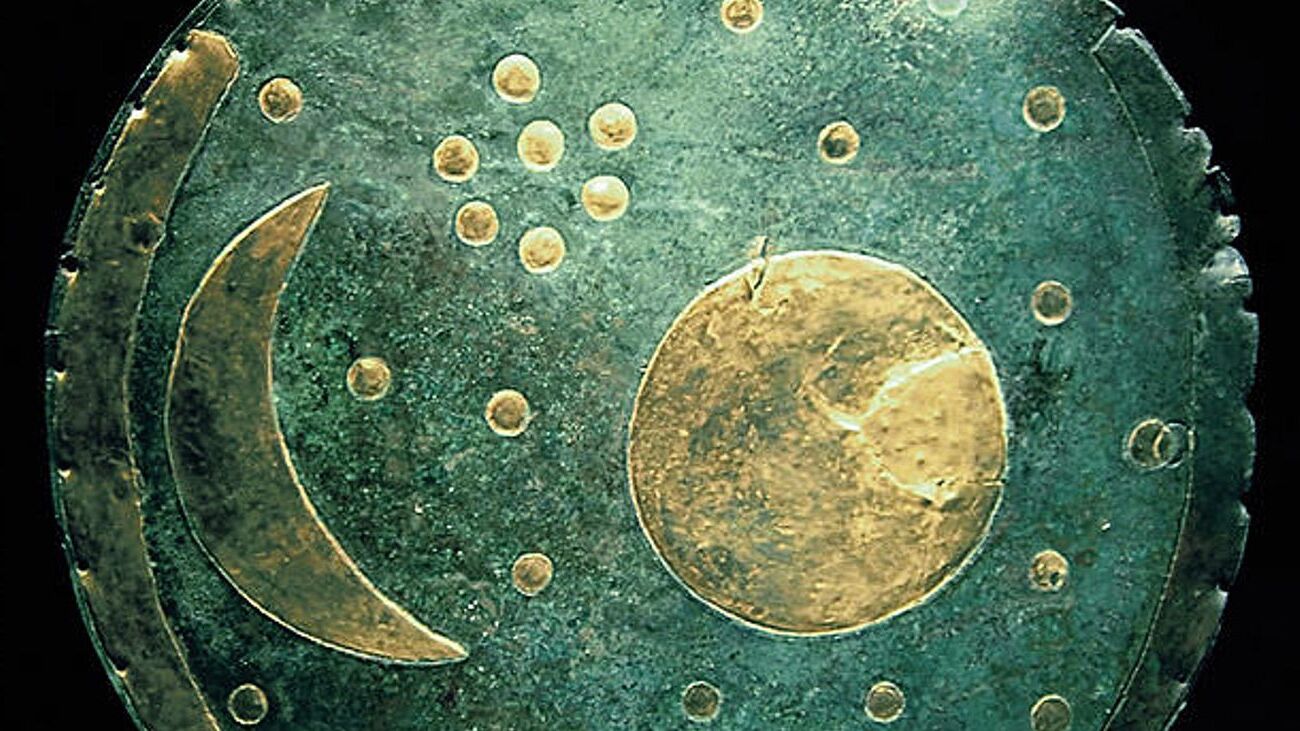
What is Chronic Erosive Gastritis? Chronic erosive gastritis is a long-term condition where the stomach lining becomes inflamed and eroded. This can lead to ulcers, bleeding, and other complications. Common causes include H. pylori infection, alcohol abuse, and long-term use of NSAIDs like ibuprofen. Symptoms often include a burning sensation in the stomach, nausea, and loss of appetite. If untreated, it can lead to severe issues like peptic ulcers and anemia. Diagnosis usually involves an endoscopy and biopsy. Treatment focuses on addressing the cause and may include antibiotics, acid-suppressant therapy, and dietary changes. Early diagnosis is crucial for effective management.
Key Takeaways:
- Chronic erosive gastritis is a long-term condition that causes inflammation and erosion of the stomach lining, leading to ulcers, bleeding, and other complications if not managed properly.
- Lifestyle changes, such as avoiding NSAIDs and alcohol, and managing stress can help prevent chronic erosive gastritis, while early diagnosis and treatment are crucial for effective management.
What is Chronic Erosive Gastritis?
Chronic erosive gastritis is a condition that affects the stomach lining over a long period. It involves inflammation and erosion, which can lead to various complications if not managed properly.
- Definition and Overview: Chronic erosive gastritis is a long-term condition characterized by the inflammation and erosion of the stomach lining. This condition can lead to significant damage to the stomach's protective lining, potentially causing ulcers, bleeding, and other complications.
Causes of Chronic Erosive Gastritis
Understanding the causes of chronic erosive gastritis can help in its prevention and treatment. Several factors contribute to this condition.
- Helicobacter pylori (H. pylori) Infection: This bacterial infection is the most common cause of chronic gastritis worldwide, leading to inflammation and erosion of the stomach lining.
- Alcohol Abuse: Heavy drinking can erode the stomach lining over time, leading to chronic erosive gastritis.
- Nonsteroidal Anti-Inflammatory Drugs (NSAIDs): Long-term use of NSAIDs such as ibuprofen can cause damage to the stomach lining, leading to erosions and ulcers.
- Autoimmune Disorders: Conditions like autoimmune gastritis can lead to an immune response that destroys healthy cells in the stomach, causing inflammation and erosion.
- Physical Stress: Sudden trauma or injury, such as burns or traumatic brain injury (TBI), can trigger gastritis, even if the injury isn’t localized to the stomach.
- Smoking: Smoking can inflame and erode the stomach lining over time, contributing to chronic erosive gastritis.
Symptoms of Chronic Erosive Gastritis
Symptoms can vary widely among individuals. Recognizing these symptoms early can lead to better management and treatment.
- Burning and Heavy Feeling in the Stomach: A persistent feeling of discomfort or a burning sensation in the stomach.
- Mild Nausea and Vomiting: Some individuals may experience mild nausea or vomiting, although these symptoms can vary in severity.
- Loss of Appetite: A decrease in appetite due to discomfort or pain in the stomach.
- Weakness: Generalized weakness or fatigue, which can be a result of chronic inflammation and erosion.
- Bleeding: In severe cases, there can be bleeding of the stomach, which may result in anemia.
Types of Gastritis
Gastritis can be classified into different types based on the presence of erosion and the duration of the condition.
- Erosive Gastritis: This type involves the erosion of the stomach lining, which is the most common and damaging form of gastritis.
- Non-Erosive Gastritis: This type does not involve erosion but still causes inflammation of the stomach lining, often less common than erosive gastritis.
Chronic vs. Acute Gastritis
Gastritis can be either chronic or acute, each with distinct characteristics and implications.
- Chronic Gastritis: This condition involves long-term inflammation and erosion of the stomach lining, often caused by chronic infections or lifestyle factors.
- Acute Gastritis: This condition is characterized by short-term inflammation and erosion, typically caused by sudden trauma or stress.
Complications of Chronic Erosive Gastritis
If left untreated, chronic erosive gastritis can lead to several complications that can significantly impact health.
- Peptic Ulcers: The erosion of the stomach lining can create sores that can bleed and cause pain.
- Gastric Polyps or Tumors: Chronic inflammation can lead to the formation of polyps or tumors in the stomach, some of which may be non-cancerous.
- Anemia: Bleeding from the stomach can lead to anemia, particularly in cases of autoimmune gastritis.
- Increased Risk of Stomach Cancer: Untreated chronic gastritis increases the risk of developing stomach cancer, although this risk remains low.
Diagnosis of Chronic Erosive Gastritis
Accurate diagnosis is crucial for effective treatment. Several methods are used to diagnose chronic erosive gastritis.
- Endoscopy: A visual inspection of the stomach using a gastroscope to identify lesions and ulcers.
- Biopsy: Tissue samples may be taken for histopathological examination to confirm the presence of inflammation and erosion.
- Blood Tests: To check for signs of anemia or infection with H. pylori.
Treatment Options for Chronic Erosive Gastritis
Treatment aims to address the underlying cause and alleviate symptoms. Various options are available depending on the cause and severity.
- Antibiotics: For H. pylori infections, antibiotics are prescribed to eradicate the bacteria.
- Acid-Suppressant Therapy: Medications like antacids, H2 blockers (e.g., ranitidine), and proton pump inhibitors (PPIs) help reduce stomach acid production, promoting healing.
- Dietary Changes: Avoiding irritating foods and substances, such as spicy or acidic foods, and reducing alcohol consumption can help manage symptoms.
- Prostaglandin E1 Analog Drugs: Misoprostol is used to prevent gastric lesions associated with high-dose aspirin or ibuprofen therapy.
Preventive Measures
Preventing chronic erosive gastritis involves lifestyle changes and avoiding certain risk factors.
- Avoiding NSAIDs: Reducing or avoiding the use of NSAIDs, especially for long periods, can significantly lower the risk of developing this condition.
- Reducing Alcohol Consumption: Limiting or avoiding alcohol intake can help prevent erosion of the stomach lining.
- Managing Stress: Stress can exacerbate symptoms; managing stress through lifestyle changes or therapy can be beneficial.
Clinical Trials and Research
Ongoing research is crucial for developing new treatments and understanding the condition better.
- Bismuth Subsalicylate Studies: Ongoing research includes studies on the effectiveness of bismuth subsalicylate as a treatment for chronic erosive gastritis. More research is needed to determine the long-term safety and effectiveness of this drug.
Historical Context
Understanding the history of gastritis helps in appreciating the advancements in its diagnosis and treatment.
- Term "Gastritis": The term "gastritis" was first used in 1728 by Georg Ernst Stahl to describe the inflammation of the inner lining of the stomach.
- Discovery of H. pylori: The discovery of H. pylori by Robin Warren and Barry Marshall in 1982 significantly advanced our understanding of gastritis, leading to the identification and classification of various gastritides.
Classification of Gastritis
Chronic gastritides are classified based on their underlying cause and histopathologic pattern.
- Classification Based on Cause: Chronic gastritides are classified based on their underlying cause (e.g., H. pylori, bile reflux, NSAIDs) and histopathologic pattern (e.g., multifocal atrophic gastritis).
- Distinguishing Gastritis from Gastropathy: Gastritis involves inflammation, whereas gastropathy involves cell damage and regeneration with minimal inflammation. These conditions are often included in the differential diagnosis of chronic gastritis.
Final Thoughts on Chronic Erosive Gastritis
Chronic erosive gastritis is a condition that demands attention due to its potential to cause significant discomfort and serious complications. Understanding its causes, like H. pylori infection, alcohol abuse, and NSAID use, is crucial for effective management. Symptoms such as a burning stomach, nausea, and loss of appetite can severely impact daily life. Early diagnosis through endoscopy and biopsy can lead to prompt treatment, often involving antibiotics and acid-suppressant therapy. Lifestyle changes, including dietary adjustments and stress management, play a vital role in alleviating symptoms. Regular monitoring helps catch complications like peptic ulcers and anemia early. By staying informed and proactive, individuals can manage chronic erosive gastritis effectively, improving their quality of life and reducing the risk of long-term damage.
Frequently Asked Questions
Was this page helpful?
Our commitment to delivering trustworthy and engaging content is at the heart of what we do. Each fact on our site is contributed by real users like you, bringing a wealth of diverse insights and information. To ensure the highest standards of accuracy and reliability, our dedicated editors meticulously review each submission. This process guarantees that the facts we share are not only fascinating but also credible. Trust in our commitment to quality and authenticity as you explore and learn with us.


